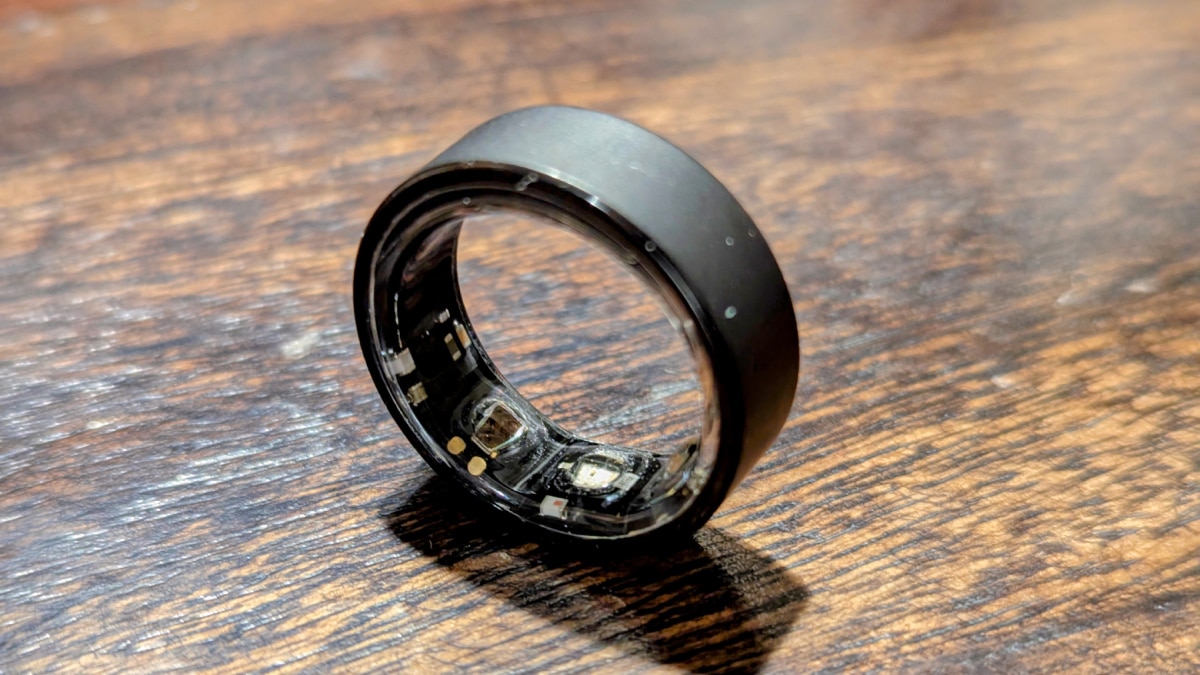
<p><em><strong>By Gaurav Gupta</strong></em></p>
<p><span style=”font-weight: 400;”>For years, the language of health in India has revolved around two markers: weight loss and muscle gain. But increasingly, both science and lived experiences are showing us that these are just surface-level indicators. What really drives lasting health is far more interconnected: your sleep, your stress levels, your food habits, and your physical activity, all working </span></p>
<p><span style=”font-weight: 400;”>together. And, crucially, these factors are deeply linked to how long and how well we live. Longevity isn’t just about adding years to life; it’s about adding energy, clarity, and vitality to those years. </span></p>
<p><span style=”font-weight: 400;”>And this is where smart technology is helping reframe our health goals entirely. </span></p>
<p><span style=”font-weight: 400;”>Rather than relying on generic targets like “10,000 steps a day” or “drop 5 kilos in 2 months,” people are now starting to ask deeper questions: </span></p>
<p><span style=”font-weight: 400;”>Am I sleeping enough, and sleeping well? Am I recovering well after a workout, or am I pushing myself into burnout? Am I eating clean, but still gaining weight, because my calorie balance is off? </span></p>
<p><span style=”font-weight: 400;”>These answers don’t come from guesswork. They come from data. And importantly, from context-rich, high-quality data that’s collected continuously, not just during workouts or hospital checkups. </span></p>
<h3><span style=”color: #ba372a;”><strong>Better Than Smartwatches</strong></span></h3>
<p><span style=”font-weight: 400;”>That’s why smart rings have quietly become one of the most powerful tools in proactive health tracking. Unlike smartwatches that can be bulky, low on battery life or inconsistent, smart rings are designed to be worn 24/7, even while sleeping, showering, or working out, making them ideal for tracking your health 24*7. </span></p>
<p><span style=”font-weight: 400;”>But beyond convenience, it’s what the ring can detect that makes it special. For instance, Resting Heart Rate, Heart Rate Variability, Sleep Quality, Sleep Stages, VO2 Max, SpO2, Step Count, Skin Temperature, and even Calorie Balance, when tracked consistently, can reveal the earliest signs of stress, poor recovery, hormonal imbalance, or low immunity. </span></p>
<p><span style=”font-weight: 400;”>Additionally, heart rate zone tracking and recovery data have emerged as key elements in personalised fitness. By knowing which heart rate zones you’re training in, whether it’s fat burn, endurance, or peak effort, you can tailor your workouts to match your goals more precisely. And by tracking how quickly your body returns to a resting state after exertion, you’re able to assess how well you’re recovering. This combination helps prevent overtraining, promotes better stamina, and supports sustainable fitness progress. </span></p>
<h3><span style=”color: #ba372a;”><strong>Shift In Mindset</strong></span></h3>
<p><span style=”font-weight: 400;”>The biggest change that wearables bring is a shift in mindset. In India, we’ve traditionally looked at health as something to fix when it breaks. But smart health is about being proactive. It’s about listening to your body, understanding what it needs, and making small changes every day proactively, so it doesn’t break. That’s the promise of smart health, moving from reaction to prevention. From a one-size-fits-all to personalised health nudges powered by your own body’s data.</span></p>
<p><span style=”font-weight: 400;”>When you use any health wearable, it’s imperative to start tracking your health more deeply. Because the future of health isn’t in quick fixes, it’s in daily, data-driven choices that work for your body, your lifestyle, and your goals. </span></p>
<h3><span style=”color: #ba372a;”><strong>AI Coming To Aid</strong></span></h3>
<p><span style=”font-weight: 400;”>With AI now built into smart rings, every data point becomes more meaningful, multiplying its impact on your health and helping you make smarter decisions every day. </span></p>
<p><span style=”font-weight: 400;”>What excites me most is that this shift also brings power back to the individual. You don’t need a diagnostic lab or a specialist every day to tell you when your body is struggling or needs support. A smart ring that tracks your vitals while you sleep or eat or run, can be your early warning system. </span></p>
<p><span style=”font-weight: 400;”>Of course, data alone isn’t magic. It needs to be translated into action, and that’s where responsible health tech will have to play a role: in making insights understandable, relevant, and culturally meaningful. And the good news? You don’t have to wait years for this future. With today’s smart rings, that kind of health ownership is already possible. </span></p>
<p><span style=”font-weight: 400;”>The future of health is no longer just about chasing visible goals; it’s about listening to invisible signs. And data, when captured right, is how we learn to listen better.</span></p>
<p><em><span style=”font-weight: 400;”>(The author is the Founder & CEO of Gabit)</span></em></p>
<p><em><span style=”font-weight: 400;”><strong>Disclaimer:</strong> The opinions, beliefs, and views expressed by the various authors and forum participants on this website are personal and do not reflect the opinions, beliefs, and views of ABP Network Pvt. Ltd.</span></em></p>






